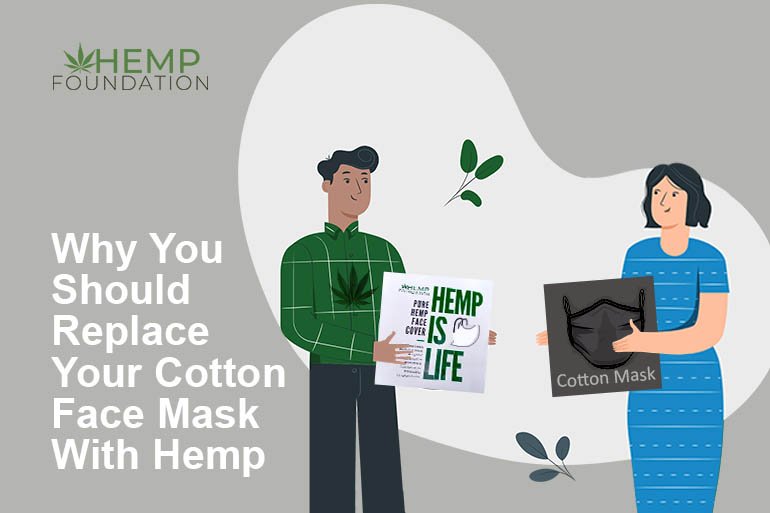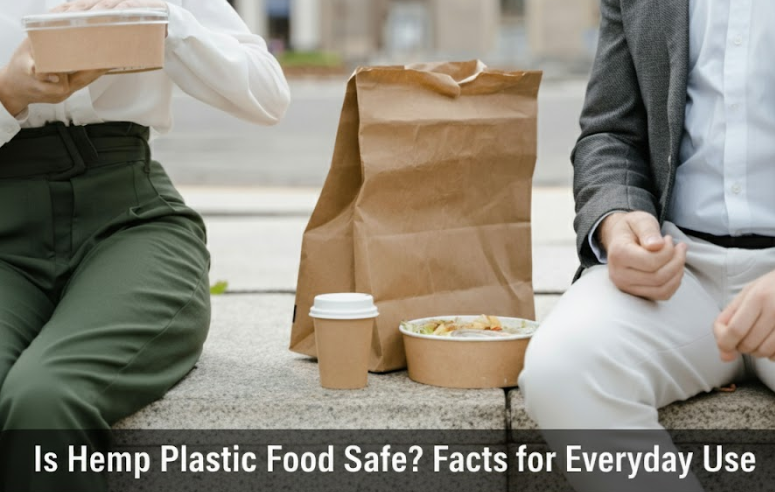Hemp Vs Linen: Similarities And Differences
Both hemp and linen are remarkable bast fibers that are strong and eco-friendly. This article examines the differences as well as their identical properties.
Cotton and synthetic fibers such as nylon and spandex are so readily available that many have forgotten about hemp and linen.
These materials were in use for thousands of years for making clothes until cotton plantations in the US put them out of the limelight. The advancement of chemistry, post-WWII, was the final nail in the coffin.
Lately, there has been a revival of sorts. Uses of linen and hemp beyond the usual are being explored.
Though they both have a long history and were popular far before the modern era, they also have quite significant differences.
I make a comparison that covers every aspect thoroughly.
A brief history of linen and hemp
Linen is a remarkable textile material made from the flax plant.
The fibers of flax are processed to provide linen material, which is used for manufacturing luxurious and supple white table cloth and bed sheets.
Linen suits used to be quite popular back in the early days of the 20th century, but they have fallen out of favor since polyester yarns made an appearance.
Do you know the first evidence of linen, found in Southeastern Europe, is 30,000 years old? That is literally back in the Stone Age era when Fred Flintstone lived!
The ganja didn’t come out. It has a history that predates agriculture. Evidence of hemp use, back in 5000 BCE, has been found in China.
It also used to be a very popular crop till it was replaced by cotton in the twentieth century. Now hemp is a raw material for making ropes and sacks.
Hemp and linen are bast fibers
A bast fiber is obtained from the stem. To be specific, it is the phloem or the skin of the plant that provides the fiber.
Cotton, on the other hand, is from the ball that grows around the seed of the cotton plant.
Hemp
Hemp fiber originates from the Cannabis sativa plant.
For sake of being authentic, I have to mention that hemp is commonly associated with smoking marijuana. However, what most don’t realize is that it is a different type of cannabis plant.
Just as man’s best friend comes in all shapes and sizes (think of Dobermans and Dachshunds), the hemp plant too can have different amounts of THC—Tetrahydrocannabinol, a psychoactive substance that produces an altered mental state.
Industrial hemp contains a minute amount of THC and anyone would need to smoke a truckload to get high.
Its cultivation is legal in many nations, including the USA (which held out till the 2018 Farm Bill was enacted).
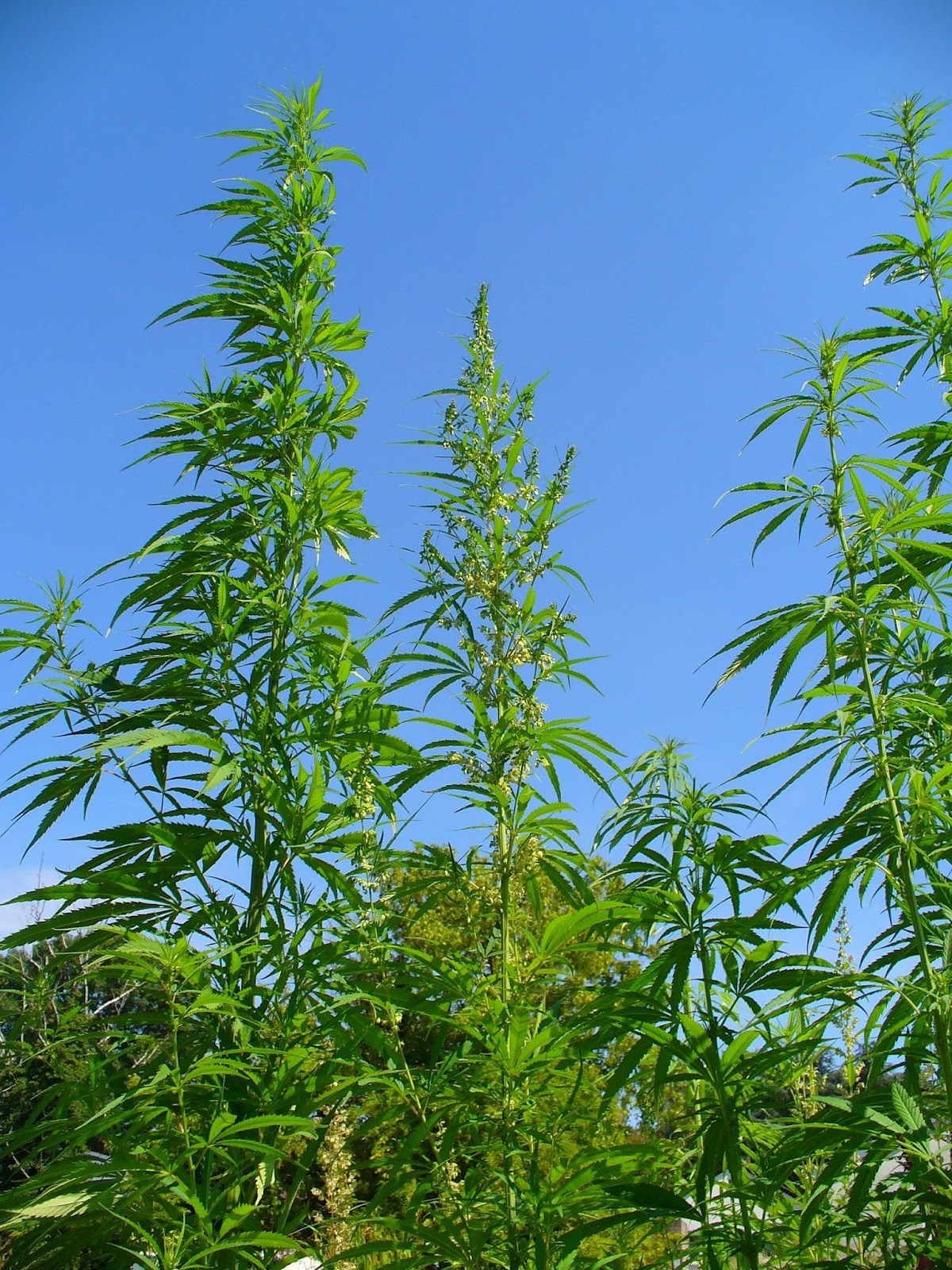
Hemp Plant
Linen
The material originates from the fibers of the Linum usitatissimum plant, commonly known as flax. Its seed yields oil upon compression known as linseed oil. The stem is used to make textiles.
Linen is exceptionally strong and can absorb more liquid than its weight.
The word “linens” is usually used to denote not the material but textile products used in bedrooms and kitchens. The material has been traditionally used to make bed sheets, towels, and table covers.
A neatly folded linen handkerchief was at one time the standard part of apparel of any well-dressed man.
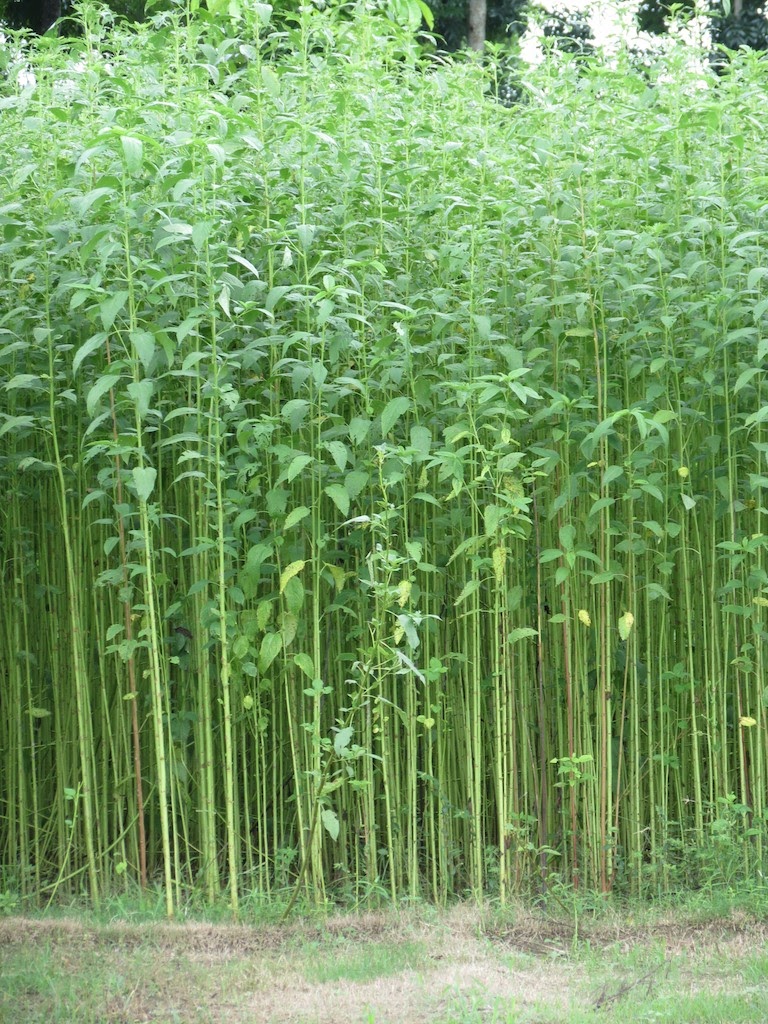
Flax Plants
What are the differences between linen and hemp?
- Differences during lab tests
- Microscopic Examination
Hemp and linen look almost the same. So much so that it is hard to tell them apart unless examined under a microscope.
A study of the cross-section reveals that while flax fibers have sharp ends, hemp fibers have dull ends. The lumen of the latter is broad and rarely circular.
- Swelling Tests
Though the fibers look the same, they have different cellular structures. This is best demonstrated through a swelling test.
When both are immersed in a deep blue-colored solution of cupric hydroxide in aqueous ammonia, the results are varied.
Flax swells rather quickly. The swelling is also uniform. Hemp takes far longer to absorb the reagent solution.
- Dyeing Tests
Hemp has a higher percentage of lignin and non-cellulose material. It is this part that is more receptive to dyes.
Adding hemp to fluoroglucine solution causes it to turn dark pink. When the experiment is repeated with cyanin, the fiber turns blue green.
Yet none of these coloring agents have any effect on the flax fiber. They remain colorless.
- Twist Tests
The fibers turn in different directions when dried.
For this test, samples of both are soaked in distilled water for a few minutes. They are then dried by placing them a little above a heated plate.
As they dry, flax rotates to the right and hemp to the left.
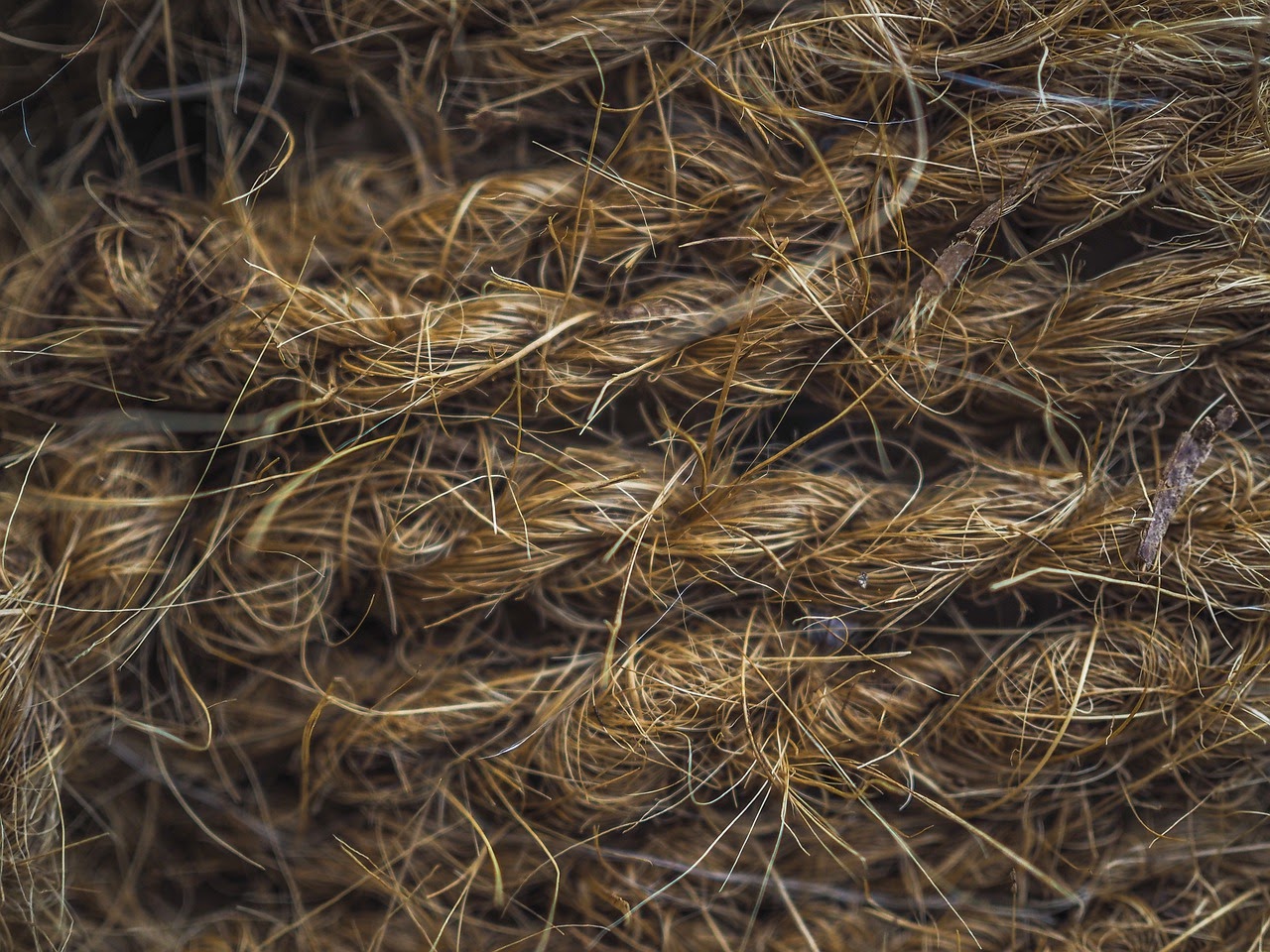
Hemp Processing
- Differences in cultivation
Hemp is one of the easiest crops to grow. It is remarkably sturdy and the presence of THC means it is naturally resistant to most insects.
Hemp also has a higher yield per acre, since the crop can be packed densely like sugarcane. 5000 lbs of hemp can be grown on an acre. Compared to that, 1200 lbs of flax are quite meager.
The taproots of the hemp plant are long and penetrate deep into the subsoil. They are able to draw nutrients from deep within the soil.
As a result, the topsoil is never depleted. This means hemp can be cultivated year after year. But flax can at most be grown for five years before the soil is depleted.
Flax cultivation is not without a few advantages too. Whereas hemp requires 160 lbs (80 kilos) of nitrogen per hectare, flax needs half as much.
It also needs half as much potassium and phosphorus.
Fewer expenses for the farmers make it profitable.
- Differences in biodiversity
A study to find the biodiversity friendliness of hemp found it to rank quite high. The crop came in fifth behind alfalfa, timber trees, oilseeds, and hemp.
Flax did not do as well and ranked ninth.
The study focused on several aspects that investigate how the crop affects natural equity.
Some of the factors that are more easily relatable to laypeople are:
- Monocrop domination (millions of acres used for wheat and rice and little else)
- If the crop saves wild species (Jojoba is a wonderful substitute for sperm whale oil)
- Water consumption (sugarcane and corn are enormously thirsty crops)
- Pesticide usage (grape, apple, and cherry plantations are the worst culprits)
- Impact of roots (alfalfa and tomato have deep roots that spare the topsoil)
- Crops that are used to feed livestock (sorghum, oats, and barley)
- The proportion of crop used (a large percentage of vegetables are wasted in transit)
.. and many more
Biodiversity is an important factor in preserving ecological balance. Without it, we are at peril.
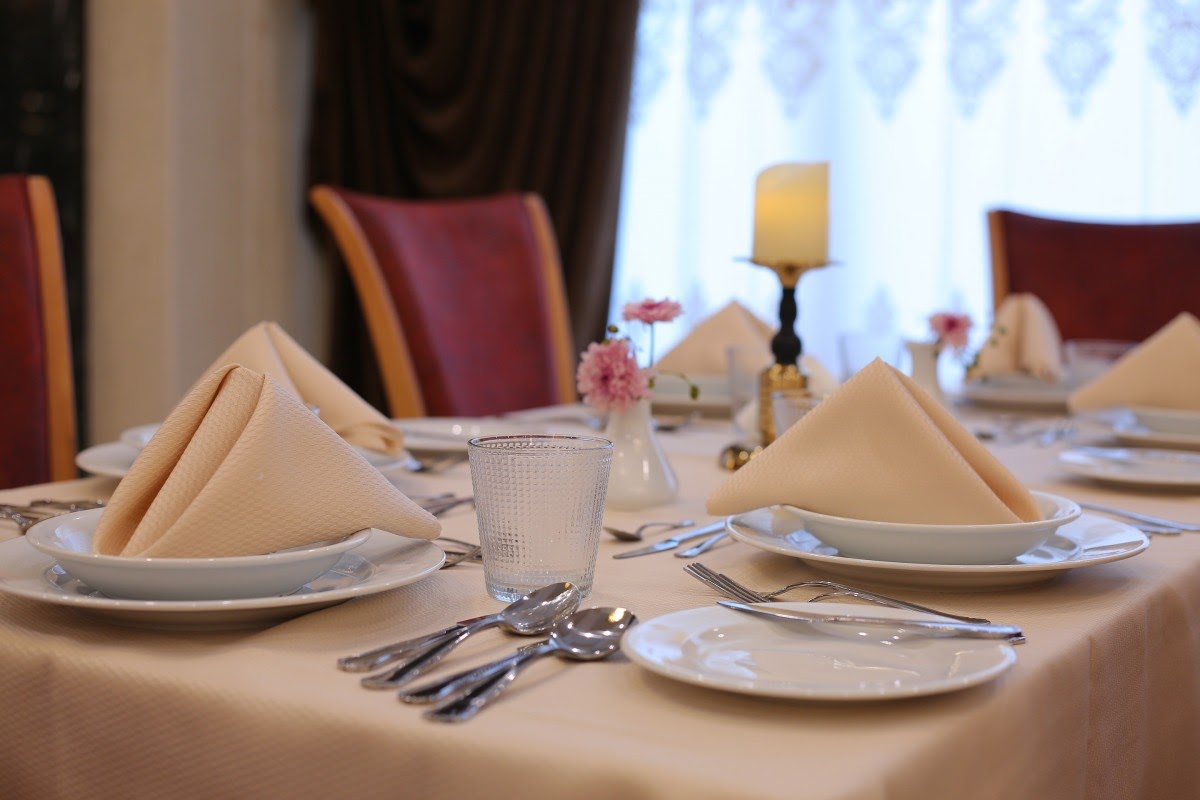
Table Linen
Hemp and linen—fibers with a lot in common
The lab shows how similar they are.
- Almost the same cellulose content at 80%.
- Both fibers share the same density at ~1500 kg per cubic meter.
- They have identical elasticity.
- Same length of elementary fibers (average 5 to 55 mm). This can, however, vary depending on the region they are grown.
- Nearly the same moisture retention with hemp at 12% versus 13% of flax.
- Nearly identical fineness.
But even if we look outside the lab, they exhibit quite similar properties.
- They can be used to make a soft fabric that lasts long.
- The material grows softer with use. They can be folded and stacked easily.
- They are breathable and wick away sweat fast.
- Being absorbent, it is easy to print them using cheap technology.
- Both are biodegradable and become compost in a few years.
- They are excellent as clothing and keep the body warm in winter and cool in summer.
Hemp edges out linen
Both are equally good.
But there is a first among equals, and that is hemp.
Why do I say so?
I have used a lot of hemp garments in the past few years. Hemp blazers, hoodies, shirts, and shorts—you name it and I have worn it.
It is far more comfortable.
The minus point of linen is that it rumples easily. For anyone who travels a bit, it is tough to end up in clothes that look like they have been through a paper shredder.
Since no one is bothered if towels are creased, flax fibers are best for them. When it comes to apparels, hemp clearly is a more satisfactory product.
In my eyes, as a nature lover, the clinching factor is the low pesticide use for hemp.
Pesticides in food are emerging as a critical factor for causing cancer. We have enough troubles without adding to it with hazardous substances in our rivers.
The last point is hemp can be used to make bioplastic. We are drowning in a sea of plastic.
Two million single-use plastic bags are used every minute (and thrown away after a few minutes).
Bioplastics are the future, and hemp is the best raw material for that purpose. Hemp plastic is already used for making everything from bowls and pens to automotive parts.
The only thing holding it back is the complexity of the production process. In a few years, scientists are sure to sort that out and make it available easily.
Linen is good but in my eyes hemp rules.
https://www.fibre2fashion.com/industry-article/9011/hemp-vs-linen-similarities-and-differences
https://hempalaya.com/blogs/news/der-unterschied-zwischen-hanf-und-leinen-fasern?currency=usd
https://wamaunderwear.com/blogs/news/hemp-vs-linen
https://wayofleaf.com/hemp/hemp-vs-linen
http://www.autexrj.com/cms/zalaczone_pliki/2-03-2.pdf



